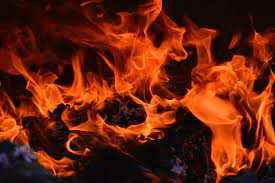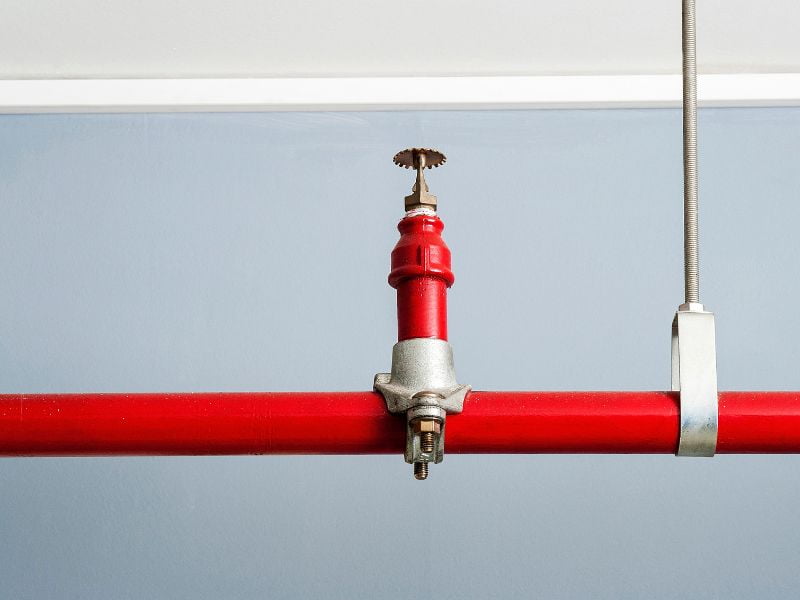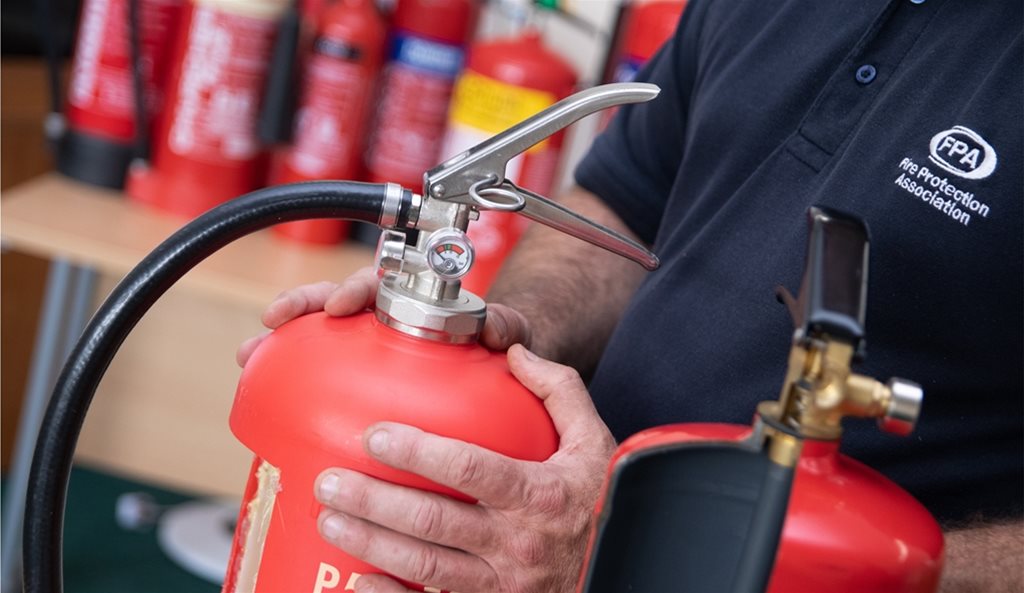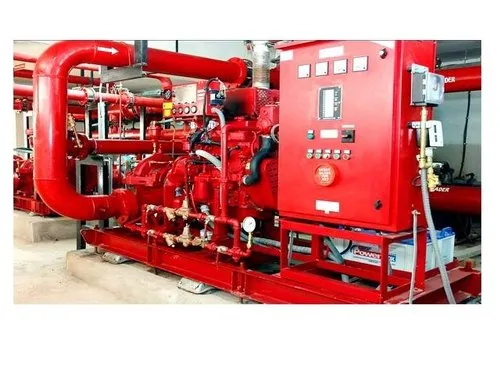Classes of Fires: Fires are categorized into different classes based on the materials that are burning. Understanding these classes is crucial for effective fire prevention, safety measures, and firefighting techniques.
In this comprehensive guide, we will explore the five different classes of fires, their characteristics, common causes, and the appropriate methods for extinguishing them.
Fires can be both devastating and unpredictable. Each class of fire requires a specific approach to control and extinguish it effectively. Whether you are a homeowner, a business owner, or just someone interested in fire safety, knowing the different classes of fires can help you respond appropriately in case of an emergency.
The Importance of Knowing Fire Classes
- Safety: Understanding fire classes enhances safety for individuals and communities.
- Prevention: Knowledge helps identify potential fire hazards in various environments.
- Effective Extinguishing: Different classes require different extinguishing agents; knowing them can save lives and property.
The Five Classes of Fires
According to the National Fire Protection Association (NFPA), fires are classified into five categories: Class A, Class B, Class C, Class D, and Class K. Let’s delve into each class in detail.
Class A Fires
Definition: Class A fires involve ordinary combustible materials such as wood, paper, cloth, trash, and some plastics.
Characteristics:
- These fires typically burn with a steady flame and produce ash.
- Class A fires can occur in residential, commercial, and industrial settings.
Common Causes:
- Careless disposal of smoking materials.
- Unattended cooking.
- Electrical malfunctions.
Extinguishing Class A Fires:
- Extinguishing Agents: Water is the most effective agent for Class A fires, as it cools the burning material and reduces the heat.
- Fire Extinguishers: Use a Class A fire extinguisher, which is usually marked with a green triangle.
Class B Fires
Definition: Class B fires involve flammable liquids and gases, such as gasoline, oil, paint, and solvents.
Characteristics:
- These fires can spread rapidly and are often more challenging to control.
- Class B fires produce a thick, dark smoke.
Common Causes:
- Leaks from fuel containers.
- Improper storage of flammable liquids.
- Equipment malfunctions.
Extinguishing Class B Fires:
- Extinguishing Agents: Use foam, dry powder, or carbon dioxide to smother the fire and cut off the oxygen supply.
- Fire Extinguishers: Look for a Class B fire extinguisher, which is typically marked with a red square.
Class C Fires
Definition: Class C fires involve energized electrical equipment, such as wiring, circuit breakers, and appliances.
Characteristics:
- These fires can occur in residential, commercial, and industrial environments.
- Class C fires can start from overheating, short circuits, or equipment failure.
Common Causes:
- Overloaded circuits.
- Faulty wiring.
- Improper use of electrical equipment.
Extinguishing Class C Fires:
- Extinguishing Agents: Use non-conductive agents like carbon dioxide or dry chemical extinguishers.
- Fire Extinguishers: Class C fire extinguishers are usually marked with a blue circle. Always ensure the power source is turned off before attempting to extinguish the fire.
Class D Fires
Definition: Class D fires involve combustible metals, such as magnesium, titanium, and sodium.
Characteristics:
- These fires burn at extremely high temperatures and can react violently with water or other extinguishing agents.
- Class D fires are less common but can occur in industrial settings.
Common Causes:
- Improper storage or handling of combustible metals.
- Equipment failures involving metals.
Extinguishing Class D Fires:
- Extinguishing Agents: Use specialized dry powder agents designed for metal fires, such as sodium chloride or copper powder.
- Fire Extinguishers: Class D fire extinguishers are marked with a yellow star. Conventional extinguishing methods like water should never be used.
Class K Fires
Definition: Class K fires involve cooking oils and fats, typically found in commercial kitchens.
Characteristics:
- These fires can be particularly dangerous due to the high heat and potential for rapid spread.
- Class K fires often produce thick, greasy smoke.
Common Causes:
- Overheated cooking oils.
- Improper use of cooking equipment.
Extinguishing Class K Fires:
- Extinguishing Agents: Use wet chemical extinguishers that cool the fire and create a barrier between the fuel and oxygen.
- Fire Extinguishers: Class K fire extinguishers are marked with a black hexagon. Ensure that the fire is contained before using the extinguisher.
Fire Safety Tips
Understanding the classes of fire is just the beginning. Here are some essential fire safety tips to keep in mind:
1. Install Smoke Detectors
- Placement: Install smoke detectors on every level of your home, especially near sleeping areas.
- Maintenance: Test them monthly and change the batteries at least once a year.
2. Create an Escape Plan
- Routes: Designate escape routes from each room and practice them regularly.
- Meeting Point: Establish a safe meeting point outside your home where everyone can gather.
3. Store Flammable Materials Safely
- Storage: Keep flammable liquids in approved containers and away from heat sources.
- Ventilation: Ensure proper ventilation in areas where flammable materials are stored.
4. Never Use Water on Class B or Class D Fires
- Understanding Risks: Water can spread Class B fires and react violently with Class D fires.
- Use Appropriate Extinguishers: Always have the correct type of fire extinguisher handy.
5. Educate Others
- Training: Provide fire safety training for family members, employees, or anyone at risk.
- Regular Drills: Conduct fire drills to ensure everyone knows what to do in case of a fire.
What are the five classes of fires?
The five classes of fires are:
- Class A: Ordinary combustibles such as wood, paper, and cloth.
- Class B: Flammable liquids and gases like gasoline and oil.
- Class C: Energized electrical equipment.
- Class D: Combustible metals such as magnesium and titanium.
- Class K: Cooking oils and fats commonly found in kitchens.
How do I extinguish a Class B fire?
To extinguish a Class B fire, use foam, dry powder, or carbon dioxide extinguishers, which smother the fire and cut off the oxygen supply. Always ensure proper ventilation and avoid using water, as it can spread the fire.
Can I use water to put out a Class C fire?
No, you should not use water on a Class C fire involving electrical equipment. Instead, use a non-conductive agent like carbon dioxide or a dry chemical extinguisher. Always turn off the power source before attempting to extinguish the fire.
What should I do if a Class D fire starts?
Class D fires involve combustible metals and require specialized extinguishing agents such as sodium chloride or copper powder. Never use water on these fires, as it can cause violent reactions. If a Class D fire occurs, contact emergency services immediately.
How can I prevent Class K fires in my kitchen?
To prevent Class K fires, always monitor cooking oils and never leave them unattended. Use appropriate cooking equipment, maintain cleanliness to avoid grease buildup, and keep a Class K fire extinguisher accessible in the kitchen.
What type of fire extinguisher should I have at home?
At home, it’s advisable to have multi-class fire extinguishers that can handle Class A, B, and C fires. Look for extinguishers labeled as ABC extinguishers, which are effective against common household fire hazards. Additionally, consider a Class K extinguisher for kitchens.
Conclusion
Understanding the five classes of fires is essential for anyone concerned about fire safety. Each class has unique characteristics, causes, and extinguishing methods. By being informed, you can take proactive steps to prevent fires and respond effectively if one occurs.
Whether you’re at home, work, or in a public space, knowledge of fire classes can help save lives and property. Remember, safety should always be your top priority. Stay informed, be prepared, and know how to react in case of a fire emergency.
By following these guidelines and understanding the different classes of fires, you can contribute to a safer environment for yourself and others.





